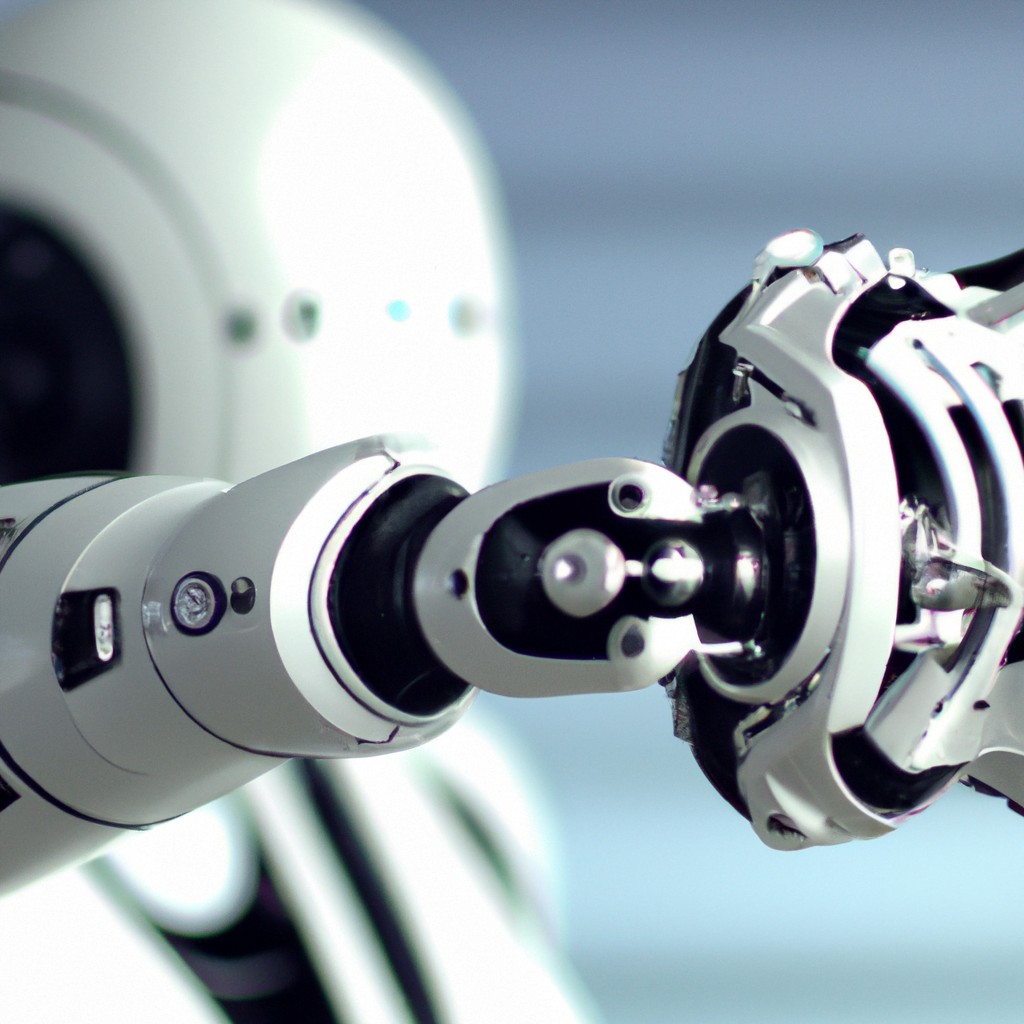An introduction to machine learning algorithms in Python
Machine learning is a type of artificial intelligence that allows computers to learn and improve on their own, without being explicitly programmed. It is a rapidly growing field that has found applications in many areas, including computer vision, natural language processing, and robotics.
Python is a popular programming language for machine learning because it has many libraries and tools that make it easy to develop and test machine learning algorithms. In this article, we will introduce some common machine learning algorithms and show you how to implement them in Python.

Supervised Learning
Supervised learning is a type of machine learning where the computer is given a set of input data and corresponding output values, and the goal is to learn a function that can map new inputs to outputs. There are two main types of supervised learning algorithms: classification and regression.
Classification
Classification is used when the output is a categorical variable, meaning it has a limited number of possible values. For example, in image recognition, the output may be a label that indicates what object is in the image.
One popular classification algorithm is the k-nearest neighbors algorithm (k-NN). This algorithm works by finding the k closest training examples to a new input and using the most common label among those examples as the predicted label for the new input.
Here’s an example of how to implement the k-NN algorithm in Python using the scikit-learn library:
from sklearn
.neighbors
import KNeighborsClassifier
from sklearn
.datasets
import load_iris
iris =
load_iris
()
X = iris
.data
y = iris
.target
knn =
KNeighborsClassifier
(n_neighbors=
3
)
knn
.fit
(X, y)
new_data =
[[5.0, 3.0, 1.5, 0.2]
,
[6.5, 3.0, 5.5, 1.8]
]
predicted_labels = knn
.predict
(new_data)
print
(predicted_labels)
In this example, we are using the Iris dataset, which contains measurements of different types of iris flowers. We train the k-NN algorithm on the data and use it to predict the labels of two new input data points.
Regression
Regression is used when the output is a continuous variable, meaning it can take on any value within a range. For example, in predicting house prices, the output would be a dollar value.
One popular regression algorithm is linear regression. This algorithm works by finding the line that best fits the training data, such that the difference between the predicted values and the actual values is minimized.
Here’s an example of how to implement linear regression in Python using the scikit-learn library:
from sklearn
.linear_model
import LinearRegression
from sklearn
.datasets
import load_boston
boston =
load_boston
()
X = boston
.data
y = boston
.target
lr =
LinearRegression
()
lr
.fit
(X, y)
new_data =
[[0.00632, 18.0, 2.31, 0, 0.538, 6.575, 65.2, 4.0900, 1, 296.0, 15.3, 396.90, 4.98]
,
[0.02731, 0.0, 7.07, 0, 0.469, 6.421, 78.9, 4.9671, 2, 242.0, 17.8, 396.90, 9.14]
]
predicted_values = lr
.predict
(new_data)
print
(predicted_values)
In this example, we are using the Boston Housing dataset, which contains information about housing in the Boston area. We train a linear regression model on the data and use it to predict the values of two new input data points.
Unsupervised Learning
Unsupervised learning is a type of machine learning where the computer is given a set of input data but no corresponding output values. The goal is to find patterns or relationships in the data. There are two main types of unsupervised learning algorithms: clustering and dimensionality reduction.
Clustering
Clustering is used when the goal is to group similar data points together. One popular clustering algorithm is k-means. This algorithm works by randomly assigning each data point to one of k clusters, and then iteratively refining the assignments until the clusters are optimized.
Here’s an example of how to implement k-means clustering in Python using the scikit-learn library:
from sklearn
.cluster
import KMeans
from sklearn
.datasets
import make_blobs
X, _ =
make_blobs
(n_samples=
100
, centers=
3
, random_state=
42
)
kmeans =
KMeans
(n_clusters=
3
)
kmeans
.fit
(X)
predicted_labels = kmeans
.predict
(X)
print
(predicted_labels)
In this example, we are using the make_blobs function to generate synthetic data with three clusters. We train the k-means algorithm on the data and use it to predict the cluster assignments for each data point.
Dimensionality Reduction
Dimensionality reduction is used when the input data has a high number of features or dimensions, and the goal is to reduce the number of dimensions while retaining as much information as possible. One popular dimensionality reduction algorithm is principal component analysis (PCA). This algorithm works by finding the directions in which the data varies the most and projecting the data onto those directions.
Here’s an example of how to implement PCA in Python using the scikit-learn library:
from sklearn
.decomposition
import PCA
from sklearn
.datasets
import load_iris
iris =
load_iris
()
X = iris
.data
pca =
PCA
(n_components=
2
)
X_reduced = pca
.fit_transform
(X)
print
(X_reduced)
In this example, we are using the Iris dataset again. We apply PCA to the data to reduce the number of dimensions from four to two, and then print the transformed data.
Conclusion
In this article, we introduced some common machine learning algorithms and showed you how to implement them in Python using the scikit-learn library. We covered supervised learning algorithms like k-nearest neighbors and linear regression, as well as unsupervised learning algorithms like k-means clustering and principal component analysis.
Remember that machine learning is a complex field that requires a strong foundation in math and statistics, as well as programming skills. But with practice and persistence, anyone can learn to build and apply machine learning algorithms to real-world problems.






